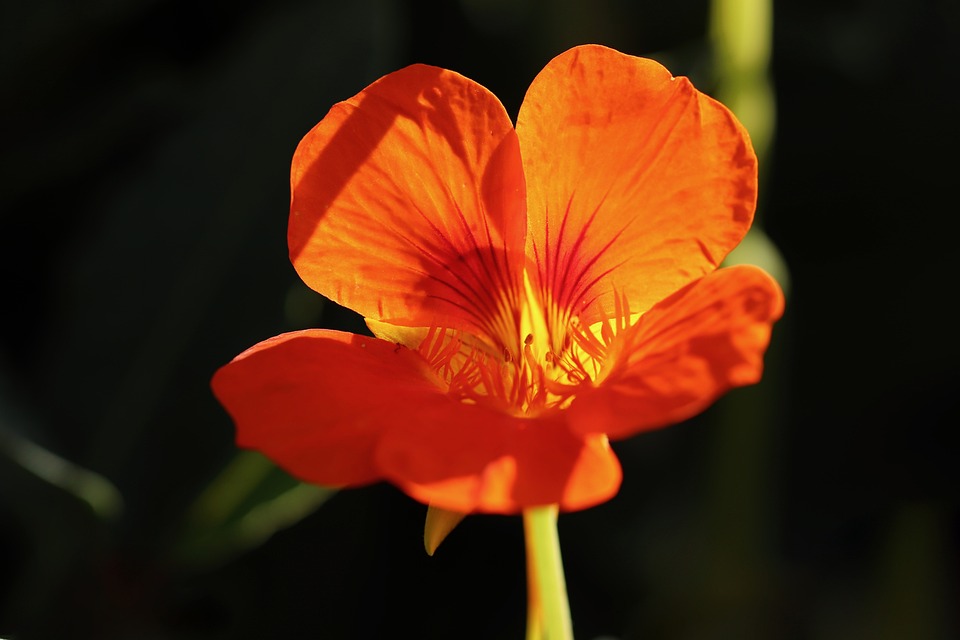Introduction
Growing your own vegetables is a rewarding and fulfilling experience that allows you to have fresh, organic produce right at your fingertips.
Whether you have a large backyard or a small patio, anyone can embark on this journey and successfully grow their own vegetables.
In this guide, we will take you through the steps from seed to plate, giving you the knowledge and confidence to start your own vegetable garden.
Choosing the Right Location
The first step in growing your own vegetables is to choose the right location for your garden.
Vegetables require a sunny spot with at least 6 hours of direct sunlight.
Make sure the location has good drainage and is easily accessible for watering and maintenance.
Preparing the Soil
Before planting your vegetables, it’s important to prepare the soil to provide optimal growing conditions.
Start by removing any weeds or grass from the area.
Then, loosen the soil with a garden fork or tiller to allow for better root penetration.
Add compost or organic matter to improve soil fertility and structure.
Choosing the Right Vegetables
When deciding which vegetables to grow, consider your climate and the growing season.
Some vegetables thrive in cooler temperatures, while others prefer warm weather.
Research the specific requirements of each vegetable to ensure success in your garden.
Start with easy-to-grow vegetables like tomatoes, lettuce, and beans.
Planting and Caring for Your Vegetables
Once you have chosen your vegetables, it’s time to plant them in your prepared soil.
Follow the instructions on the seed packets regarding spacing and planting depth.
Water your plants regularly, especially during dry periods.
Remove weeds regularly to prevent competition for nutrients and water.
Protect your plants from pests by using organic pest control methods or physical barriers.
Harvesting and Enjoying Your Vegetables
As your vegetables grow, monitor their progress and harvest them at the right time.
Each vegetable has a different maturity period, so check for ripeness according to the specific variety.
Harvest your vegetables in the morning when they are cool and crisp.
Wash them thoroughly before enjoying them in your favorite recipes.
Troubleshooting Common Issues
While growing your own vegetables can be rewarding, it’s not without its challenges.
Common issues include pests, diseases, and nutrient deficiencies.
Research common problems and their solutions for the specific vegetables you are growing.
Take preventive measures like crop rotation and proper plant spacing to reduce the likelihood of problems.
Frequently Asked Questions
Q: When is the best time to start a vegetable garden?
A: The best time to start a vegetable garden depends on your climate.
In general, it’s best to start planting in early spring after the last frost date or in late summer for a fall harvest.
Q: Can I grow vegetables in containers?
A: Absolutely! Many vegetables can be grown successfully in containers as long as they have enough space, sunlight, and proper watering.
Q: How often should I water my vegetable garden?
A: The frequency of watering depends on various factors such as temperature, rainfall, and soil type.
As a general rule, water deeply once or twice a week, allowing the soil to dry out slightly between watering sessions.
Q: What can I do to prevent pests from damaging my vegetables?
A: There are several organic pest control methods you can use, such as handpicking pests, using insecticidal soaps or sprays, and attracting beneficial insects that prey on pests.
Additionally, physical barriers like row covers can be effective in protecting your plants.




